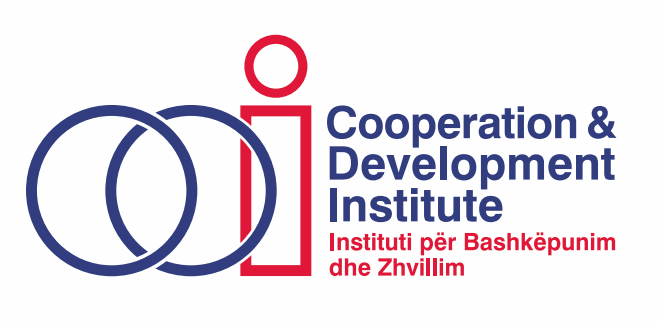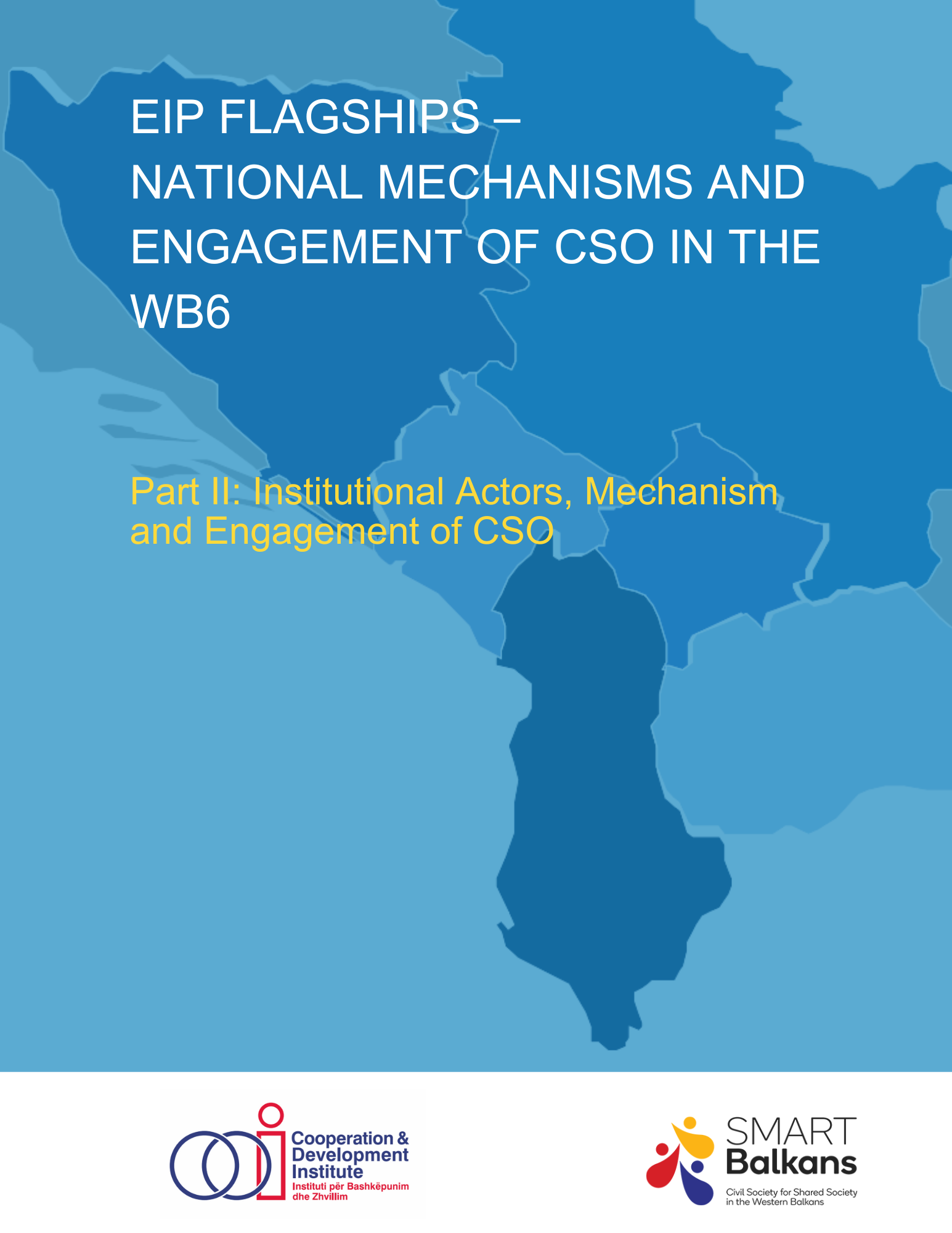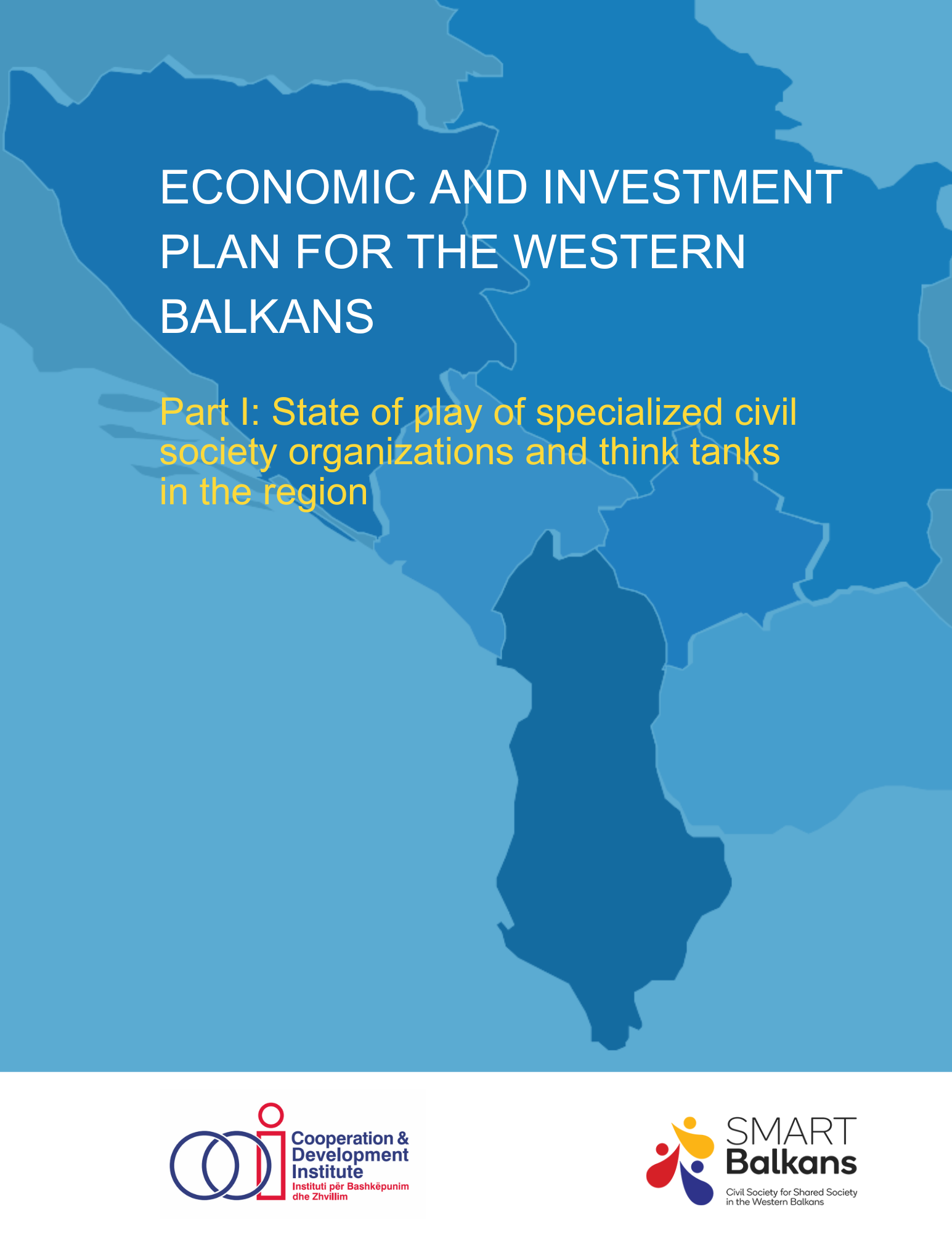Albania in the Berlin Process: Monitoring the Connectivity Agenda

Regional Seminar: “Investing in People and Social Cohesion: A Youth and Civil Society perspective”
February 14, 2020
EU Candidate Country Reforms and the New Enlargement Methodology: Searching For a Roadmap
March 22, 2020EU Connectivity Agenda in South East Europe Six (SEE6) aims at improving transport and energy connection with and between the Western Balkan and European countries. Up to 31 December 2019, Albania has received financing support for four infrastructure projects in the framework of this initiative. These projects – totalling EUR 300 million – cover road and rail transport, energy, digitalization, and maritime connectivity. Albania is the only SEE6 country that has received funding for projects in digitalization and maritime connectivity.
However, by the end of 2019 the execution of works had not commenced in any of the projects. Long procurement procedures – similar to other countries in the region – are the main explanatory variable. For example, the tendering procedure for Tirana-Durrës-Rinas Rail approved in 2016, has been postponed for nearly a year, and March 2020 was the new deadline for the completion of tendering procedures and the commencement of works. The Albania – Northern Macedonia (I) energy interconnection line: The Albanian section approved as a project in 2015, is still in the tendering phase, while works have already commenced for the Macedonian section. In some cases, implementation pace has been slowed down by the requests to make changes to already approved projects. The project for the rehabilitation of Quays 1 and 2 (cargo) in the Port of Durrës – approved in 2018 and considered of high significance for Albania – is still in its initial phases because the Albanian Government is considering a change of destination towards the rehabilitation of passenger quays 3 and 4.
Another important project still in its initial phases is the Adriatic-Ionian Highway with an estimated budget that varies between EUR 2.4 and 2.7 billion, excluding VAT. There are two main considerations regarding this project. First, the cost of some segments on the way to be contracted through Public Private Partnership (PPP) format, is 30 to 40 percent higher than the initial feasibility study projections. One of these sections has now been contracted in this format, causing donors to withdraw the grant they had approved for the feasibility study of the section in question. Second, to date there is no detailed analysis on those sections’ economic impact to the territory they cross, or on their contribution on the competitiveness to priority sectors.
Considering the reconstruction efforts and the respective financial aid promised for the 26 November 2019 earthquake, and in the framework of drafting the Economic Growth and Investment Pact, the Albanian Government can re-focus the development of connectivity infrastructure at the service of the economic and social needs and of the country’s financing capacity. Consequently, the connection to European networks should come after. In this context, the economic crisis caused by the efforts to curb coronavirus renders the good management of connectivity infrastructure projects and of related funds even more important. In addition, the benefits of Connectivity Agenda should also include assessment of the geostrategic and local economy impact, as well as practical benefits for small businesses (that constitute up 84% of the enterprises in the country) affected, and Albanian citizens at large.
This report was developed in the framework of the “Preparing and Supporting Albania for the EU Accession Process – ALBE” project, part of the MATRA programme, and with the support of the Embassy of the Netherlands in Tirana.
Click here to read the report in Albanian language.





